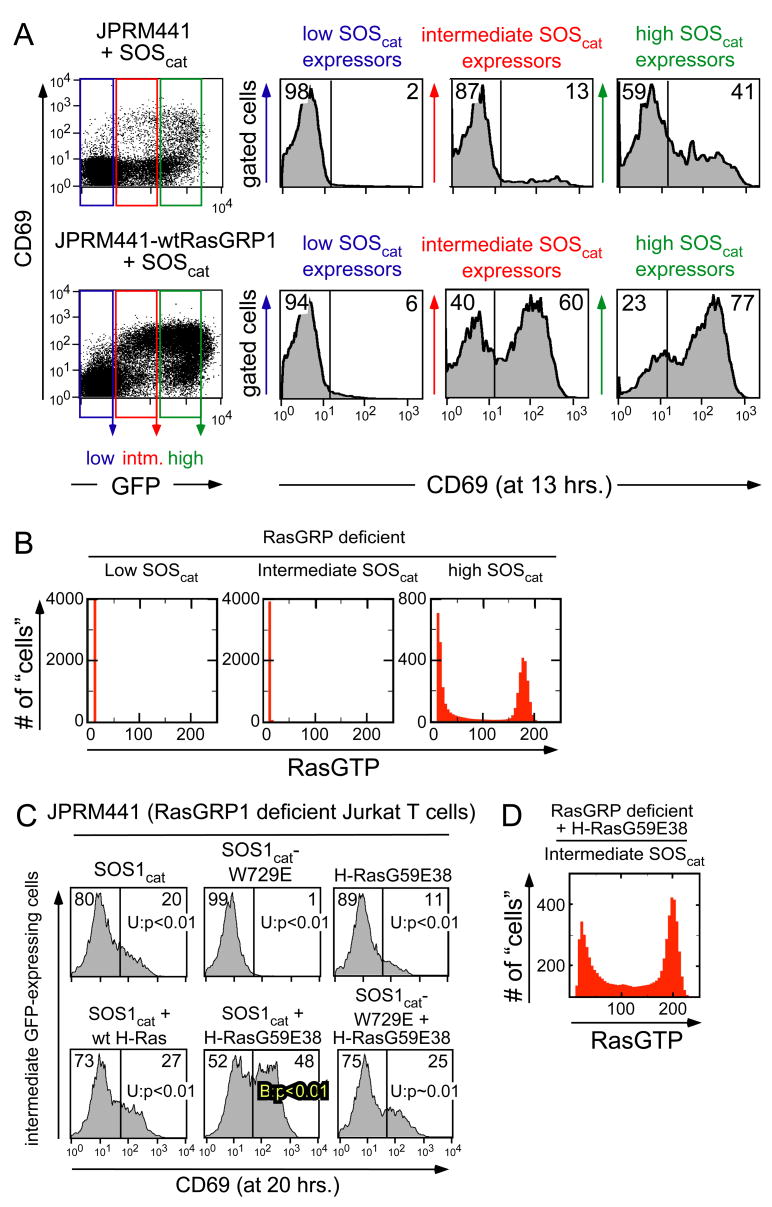Figure 3. A RasGTP mimetic restores efficient SOScat –induced bimodal signals in RasGRP deficient cells.
(A) Analysis of the efficiency of SOScat -induced Ras signaling in a RasGRP1-deficient Jurkat T cell line (JPRM441) and its wildtype RasGRP1-reconstituted derivative line (JPRM441-wtRasGRP1). Experimentation and analysis as in figure 2C, see also Figure S21B. Intermediate SOScat induces high levels of CD69 expression in only 13% of the JPRM441 cells. This relative defect in JPRM441 cells is restored to 60% in the JPRM441-wtRasGRP1 cells.
(B) Stochastic simulations as in 2B. Histograms of Ras-GTP simulating a RasGRP deficient state are depicted. Increments of SOScat between the plots are 2 fold. Note the lack of a bimodal distribution in “cells” with intermediate SOScat.
(C) Introduction of a RasGTP mimetic overcomes RasGRP1 deficiency in JPRM441 cells. JPRM441 cells were transfected with GFP together with SOScat, SOScat –W729E (allosteric pocket mutant), H-RasG59E38 (RasGTP mimetic), H-Ras, or combinations thereof. CD69 expression was analyzed by FACS and depicted as histograms for the intermediate GFP-expressing cells. Histograms were subsequently analyzed by a Hartigan’s statistical test to examine uni- versus bi-modality. See figure S24. H-RasG59E38 synergizes with SOScat to produce a bimodal pattern (Hartigan’s test; B:p<0.01), but not with SOScat -W729E. For detailed description and expression levels of introduced proteins see figure S23. Figure 3C is representative of results in three independent experiments.
(D) Stochastic simulations introducing a H-RasG59E38 molecule into the mathematical model. Note the reappearance of a bimodal response in “cells” with intermediate SOScat.., compared to Figure 3B.

